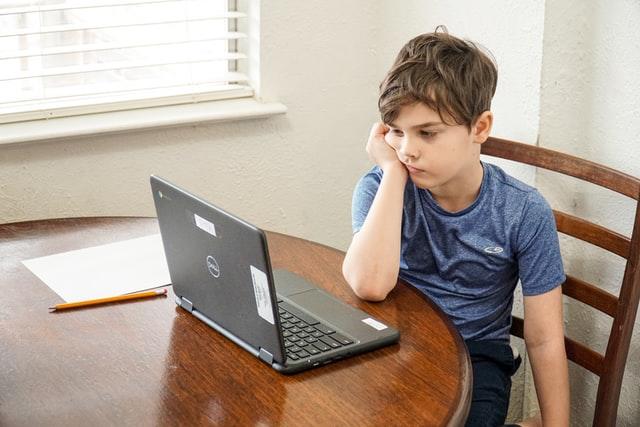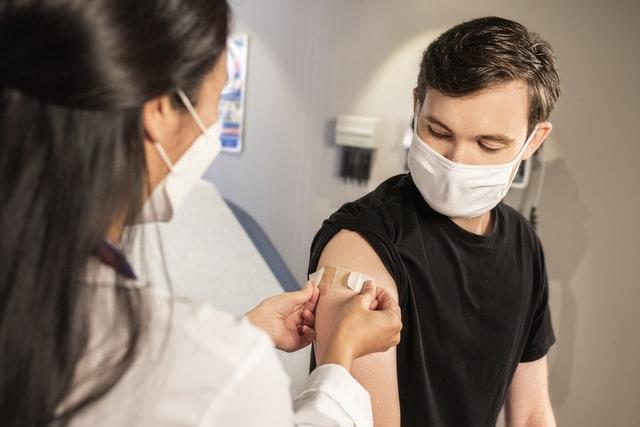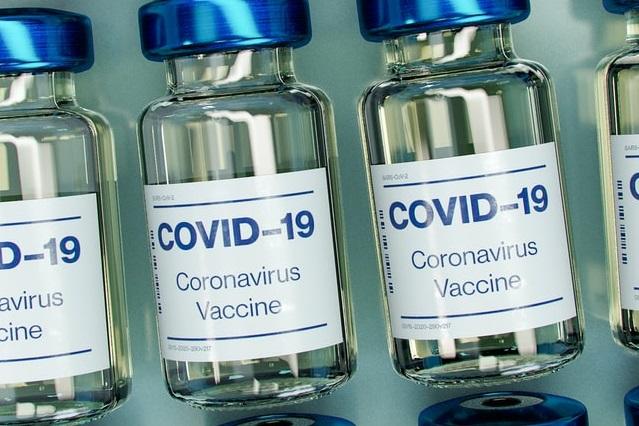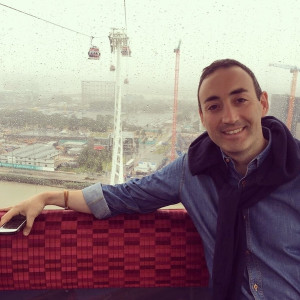For many of us, the school year is already underway. For the Early Years Foundation Stage students, the entire school experience will be new and this year will cement COVID protocols as a part of normal school activity for them.
For any other student, parent and teacher, those who have pre-COVID school experience, this year started unlike any other. It's different even from last year's autumn term, when the virus was raging and there were no vaccinations to protect us.
Indeed, this school start is miles away from the pre-COVID school experience while, at the same time, being closer to normal than last year.
So, what's new this year? What's different from last year and from school years past?
That's what Superprof investigates now.

Is School Safe?
There's an old, not-so-funny joke about how just one case of head lice can infect an entire classroom that effectively sums up school safety.
Obviously, head lice and the coronavirus are vastly different propositions. One is life-threatening while the other only threatens to make you itch like mad. Nevertheless, the head lice example demonstrates well that, while parents, teachers and staff - and even students can be as careful and vigilant as possible; still head lice itch their way through entire schools, all across the country.

And if head lice can...
The coronavirus is so much more insidious. It manifests only in symptoms - fever, chills, loss of taste and smell, or no symptoms at all. Some people may not even know they are infected; asymptomatic carriers transmit the virus as well as do the afflicted who show symptoms.
And students being indoors, all cramped up together, breathing the same air...
None of this gives us any reason to panic.
Today, we know so much more about this infernal virus and how to reduce its impact on our social structures and lives. We know how to strike the balance between positive learning experiences and precautions against infections. And, should there be any infections, there are plans in place for that, too.
We'll go over them in the last segment of this article.
So, other than adding (the absolute must-have!) hand sanitiser to your list of back-to-school materials, things should play out close to normal this school year.
What About Masks and Bubbles?
We've really got to give our school administrators and teachers props for finding ways to continue teaching even as the virus ripped through entire communities. In some ways, it was all so Hunger Games; finding pockets of safety and protection where we could...
Last year, based on the information available at the time, our schools' decision-makers instituted a system to minimise student contact so that in-person learning could resume. The new protocols included:
- student bubbles - smaller student groups, to limit the virus' potential reach
- staggered start times to minimise student mingling
- staggered lunchtimes; in some schools, students ate lunch in gyms or outdoors, weather permitting
- social distancing
- mask-wearing at all times, later amended to only in schools' hallways;
- self-isolation and distance learning
- contact tracing should a student test positive
There were some procedural differences between primary and secondary school; and even between different countries in the UK. Wales, Scotland and Northern Ireland all had their own measures in place, some of which included English schools' practices.
This year, English students in secondary schools and colleges do not have to wear masks. The bubbles have been done away with and so have most social distancing requirements. Staggered start times and lunches are also a thing of the past.
By contrast, in Scotland, students are still wearing masks; they will continue to do so for at least the first six weeks. Presumably, the issue of mask wearing in class will be reviewed at that time, which may result in masks becoming optional rather than mandated.
Schools in Wales and Northern Ireland will continue to mandate masks on public school transport. Furthermore, Northern Irish students may maintain the bubble protocol and both countries advocate for self-isolation for any student who comes in contact with an infected person.
Indeed, Northern Ireland mandates a 10-day isolation period for any student who comes in contact with a known infected person.
Discover more about COVID protocols and classroom procedures for secondary school students...

On Vaccines and COVID Testing in Schools
The world's been living with COVID for so long that some countries have decided against waiting it out; they're formulating policies on how to live with it. Denmark, Singapore, Chile and others have all implemented steps to get back to some semblance of normal even though the pandemic is nowhere near over.
Here, in the UK, we're just getting around to discussing the possibility of coexisting with the virus. No official word has yet been given that that will be the policy, going forward. Still, if the news reports are anything to go by, that's the way we're headed.
How is it going to happen?
In other countries, a high vaccination rate is the cornerstone of their strategy. Luckily, we enjoy one of the world's highest vaccination rates but we haven't yet tackled a way for kids to get their vaccines.
For instance, in Poland, vaccines have been available since the start of the school year and administered in the schools to all secondary school students who want one. However, primary school students are still not deemed eligible to get their shot... just the same as our primary school students.
Until recently, in the UK, only 16-year-olds and over qualified for the vaccine while 12- to 15 year-olds could apply for special consideration if they live with or have close, frequent contact with anyone especially susceptible to COVID - the chronically ill and those with comorbidities.
Now, it appears likely that, starting in October, students as young as 12 may receive the vaccine. As in Poland, officials expect that the easiest point of distribution will be in the schools.
Mums, dads, caregivers: look for registration forms to sign. Your students won't be jabbed without your consent.
That means that we're on the same track as other countries that have realised trying to wait this thing out is more damaging than learning to live with it.
Still, as the Delta variant surges and breakthrough infections make headlines, there's some worry about the possibility of infection despite being vaccinated.
To that end, schools continue last year's policy of lateral flow testing.
This test works a lot like a litmus test. After collecting a sample by swabbing the back of the throat, the sample is applied to a test strip. If the strip reacts, there is COVID positivity. If it shows no reaction, the tested student is safe to attend school.
It's planned that, throughout the year, random lateral flow tests may be administered if conditions warrant it. For now, any lateral flow test beyond the original should be done on a voluntary basis, and with a commercially available test kit.
Note that, should any student's lateral flow test return a positive result, they will have to self-isolate and take a PCR test before they can return to school. Hybrid learning is the fall-back position should any student have to isolate themselves until their negative test result.
Some schools had to delay their openings so that these tests can be administered to everyone. That meant that, if you hadn't yet bought everything on your primary school student's back-to-school list, you still had a bit of time...

What Happens if There's a School-wide Outbreak?
Throughout this awful pandemic, you've surely heard the confusing 'known knowns', 'known unknowns' and so on, terms used to describe what scientists know, suspect and aren't quite clear on regarding this virus.
Right now, governments and school administrators are defining what's possible with what we know this virus can do. Unfortunately, the coronavirus defies being pigeonholed so we're constantly having to adjust our parameters to keep everyone as safe as possible.
One of the greatest pandemic unknowns is how the virus will continue to mutate and evolve. Apparently, we're not the only ones having to make adjustments. The virus is adjusting itself, too.
Still, we need to rest assured that, insofar as what is known about it, we have contingencies in place to address any situation that might arise.
Where schools are concerned, a return to distance learning is the measure of last resort. As long as it's feasible and safe to do so, administrators will keep kids in classrooms. Mask mandates and, possibly, staggered schedules may return if a certain number of people become infected.
Unlike in China, where infection clusters call for city entire districts to be shut down and the population tested every day, our Department for Education emphasises that any steps taken to prevent further infection should be limited to the minimum measures needed to contain the outbreak and last only as long as necessary.
Other measures, such as increased ventilation, are applied where practicable. Some of our older schools simply do not allow for extra systems to be put in place and, with colder weather coming on, we can hardly expect our kids to sit in freezing classrooms...
The bottom line is: we can continue to cower or make the best decisions we can with the information and resources we have. It seems the DfE have opted for the latter... and aren't we all so glad for that!
Now, find out about school lunches: what's on the menu? Or should your kids pack their own?















